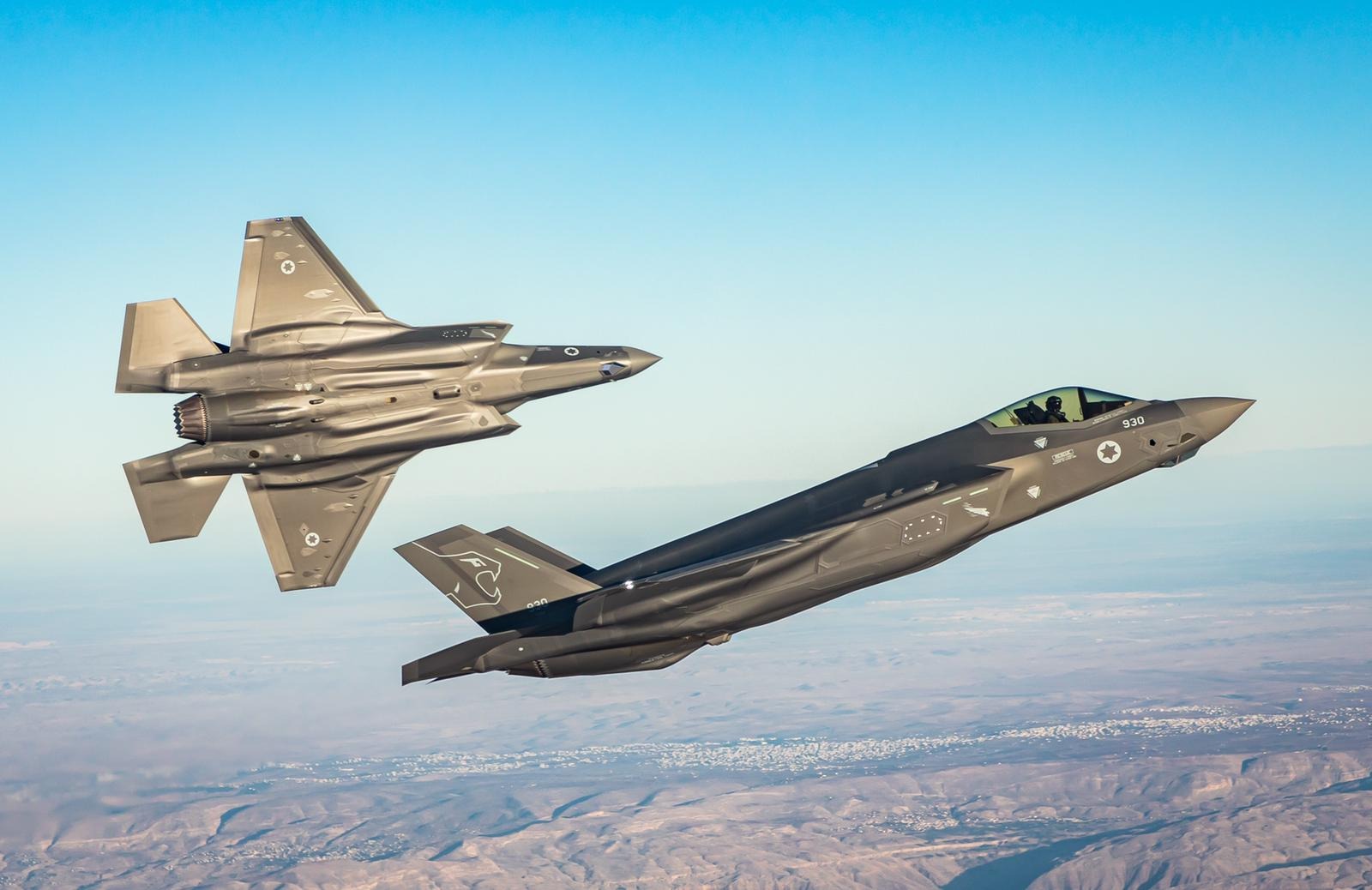The United States has officially confirmed that Israel is extensively deploying its F-35I Adir stealth fighters in the ongoing military operations against Hamas, underscoring the exceptional efficacy of these advanced aircraft in the current conflict.
On December 12, the head of the Joint Strike Fighter program, in congressional testimony, revealed that in the aftermath of Hamas’ October 7 attack, the United States swiftly upgraded Israel’s F-35 fighters.
In response to the attack, the US provided F-35 mission data files—essential to the aircraft’s operation—to Israel within a remarkably short period, according to Pentagon acquisition chief Bill LaPlante’s statements during a House Armed Services tactical air and land forces subcommittee hearing.
These mission data files, described as the “brains” of the jet, contain extensive information on threats.
Furthermore, during the hearing, F-35 Program Executive Officer Lt. Gen. Michael Schmidt praised Israel’s F-35 fleet for its outstanding performance in the war against Hamas, citing high mission capability rates in the Middle East—a notable achievement given the challenges faced by the Pentagon’s F-35 operators.
Schmidt revealed that additional capabilities were swiftly integrated into the F-35 aircraft in response to the conflict, noting ongoing efforts to enhance their performance further.
Regarding maintenance support, LaPlante drew attention to a notable increase in sustainment operations in Israel aimed at optimizing fleet readiness.
He noted that 35 out of 39 Israeli Air Force F-35A aircraft exceeded expectations in combat. In response to questions about the Joint Program Office’s role, Lt. Gen. Schmidt underscored the dedication to supplying spare parts and capabilities to all customers.
He also shared details of recent conversations with Israel’s chief of staff, expressing anticipation in gleaning valuable insights from the practical deployment of F-35s in combat.
“They are delighted with what their performance from a sustainment enterprise has given them. We could learn a lot from them regarding the quickness with which they’re turning airplanes, all of the things we’re learning ourselves with moving parts around the world to support a conflict,” Schmidt said.
Israeli F-35 ‘Adir’ Stealth Fighter’s Role In The Current Conflict
Although there is limited information about Israel’s use of the F-35 in the conflict, the Israeli Defense Force has previously confirmed the successful interception of a cruise missile by one of these fighters.
Speaking to EurAsian Times, an experienced former F-35 pilot, who chose to remain anonymous, shed light on the multifaceted considerations involved when these cutting-edge aircraft are actively deployed in demanding scenarios.
The former F-35 pilot noted, “These high-tech fighters let Israel zero in on terrorist spots, keeping the damage low and the civilian risk in check. It’s a big deal, especially in packed places like Gaza.”
He pointed out, “Running those top-tier stealth fighters diminishes the resources. You’ve got to balance the cost of keeping them up and running with the benefits they bring. It’s a big deal, especially when you’re in it for the long haul.”
He added, “Maintaining a high operational tempo with F-35 fighters requires efficient logistical support. Any disruption in the supply chain or maintenance capabilities can impact the sustained effectiveness of these assets.”
However, it appears that Israel is effectively tackling these challenges. F-35 Program Executive Officer Lt. Gen. Michael Schmidt highlighted that the Israeli Air Force (IAF) expresses excellent satisfaction with the performance of the sustainment enterprise.
He said, “I think we could learn a lot from them regarding the quickness with which they’re turning airplanes.” The mention of ‘turning airplanes’ alludes explicitly to the efficiency demonstrated in recovering, resetting jets, and launching new sorties.
This emphasizes the Israeli Air Force’s adeptness in swiftly turning around aircraft for continuous operational effectiveness.

Furthermore, US Rep. Rob Wittman (R-VA), Chairman of the Tactical Air and Land Forces Subcommittee, revealed, “The F-35 joint program office has moved at a breakneck speed to support our closest partner and ally in the Middle East, Israel. They’ve done this by accelerating F-35 weapons capabilities and increasing spare parts supply rates in their fight against the atrocities committed by Hamas.”
Meanwhile, National security analyst Rebecca Grant from Washington, DC-based IRIS Independent Research highlighted that irrespective of specific details, the Israeli Air Force’s success in intercepting a cruise missile with its Adirs might perplex Chinese military analysts and planners.
Grant emphasized that China closely monitors US military operations, technology advancements, and the performance of US-supplied systems employed by American allies and arms customers.
The success, especially in countering a cruise missile, similar to those in the People’s Liberation Army (PLA) inventory, adds complexity to China’s meticulously devised Anti-Access/Area Denial (A2AD) strategy.
- Contact the author at ashishmichel(at)gmail.com
- Follow EurAsian Times on Google News